THIS week marks the 40th anniversary of classic Bollywood film Woh Saat Din, which was released in cinemas on June 23, 1983, to great acclaim. It is also 40 years since Anil Kapoor made his debut as a leading man in that film and kickstarted a remarkable career that would take him all the way to the very top.
Eastern Eye decided to celebrate Woh Saat Din, which gave audiences the evergreen star by listing 20 quick facts connected to the film.
- Woh Saat Din was a remake of the 1981 Tamil film Andha 7 Naatkal.
- Director Bapu had successfully remade Andha 7 Naatkal as Telugu film Radha Kalyanam (1981), so was signed up for the Hindi remake Woh Saat Din. The Tamil film was also later remade in Kannada as Love Maadi Nodu (1989).
- Anil Kapoor had been unsuccessful in landing a lead role and played small bit parts in movies like Shakti (1982). He was finally launched as a hero in his family’s home pro[1]duction, which was produced by his father Surinder Kapoor and brother Boney Kapoor.
poster of the film
- The film was initially offered to Mithun Chakraborty in 1982, but he had hiked his price after superhit film Disco Dancer (1982) and made himself too expensive for the project.
- Sanjeev Kumar and Randhir Kapoor were also considered for the role because producers thought Anil was too young and not saleable, but he finally convinced his father and older brother to cast him.
- Legend has it that Anil and his brother Boney had gone to Chennai to buy the film’s rights but they did not have enough money, so had to borrow from Sanjeev Kumar and Shabana Azmi.
- The film was initially titled Sanjog during its production in 1982, but later changed to Woh Saat Din.
- A number of leading ladies refused to work opposite young actor Anil because he was an unknown. Some financiers and distributors backed out for the same reason.
- Padmini Kolhapure had agreed to do the film but she was a big star and heavily in demand. It was Anil’s job to convince her to give the dates for shooting, and he would send a daily tiffin to her house.
Padmini Kolhapure in Woh Saat Din
- Acclaimed actor Naseeruddin Shah also initially refused the film because he didn’t want to play a supporting role to Anil. Producer Boney finally convinced him by paying a higher fee, as he felt his presence would help sell the film to distributors, since no one knew who lead star Anil was at the time. This was the debut movie of acclaimed actor Satish Kaushik. He was given `201 to play a small role in the film, but Anil requested his brother to pay him an extra `300. His scene was shot at a temple in Worli (Mumbai), and he was given his fees there, which is why Kaushik considered it his lucky place.
- Anil and Satish kick-started a 40-year friendship with the film, which saw them working on many projects together, including Mr India (1987). That is why Anil was left devastated when his close friend passed away in March.
- Baby Suchita, who made her acting debut playing Naseeruddin Shah’s daughter in the film, went on to become a well-known television actress named Suchita Trivedi. She has starred in popular TV serials and is still going strong.
- Anil’s sidekick role in the movie was played by Raju Shrestha. He was a very famous child star, who had previously played the younger version of leading men like Amitabh Bachchan in successful films, throughout the 1970s and early 1980s.
Anil Kapoor
- Anil got top billing in the opening credits even though Padmini Kolhapure and Naseeruddin Shah were bigger names at the time.
- Listen carefully and you can hear the theme of iconic 1981 British film Chariots of Fire play in the scene when Naseeruddin meets Anil for the first time. The same melody was later recreated as Main Tere Hoon Jaanam for the movie Khoon Bhari Maang (1988).
- The Kapoor family’s next home production was blockbuster hit Mr India (1987), which was directed by Shekhar Kapur, who had coincidentally made his directorial debut the same year as Woh Saat Din, with 1983 success Masoom.
- The film’s cinematographer was Baba Azmi, who is the brother of acclaimed actress Shabana Azmi. He would go on to shoot many of Anil’s movies like Mr India (1987), Beta (1992), and Pukar (2000).
- The movie was edited by N Chandra, who would go on to direct Anil Kapoor starrer Tezaab, which became the biggest Bollywood box office success of 1988.
- Look at the plotline of Sanjay Leela Bhansali’s superhit movie Hum Dil De Chuke Sanam (1999) and it is the same as Woh Saat Din. In both movies a woman falls in love with a musician but is made to marry another man. Then

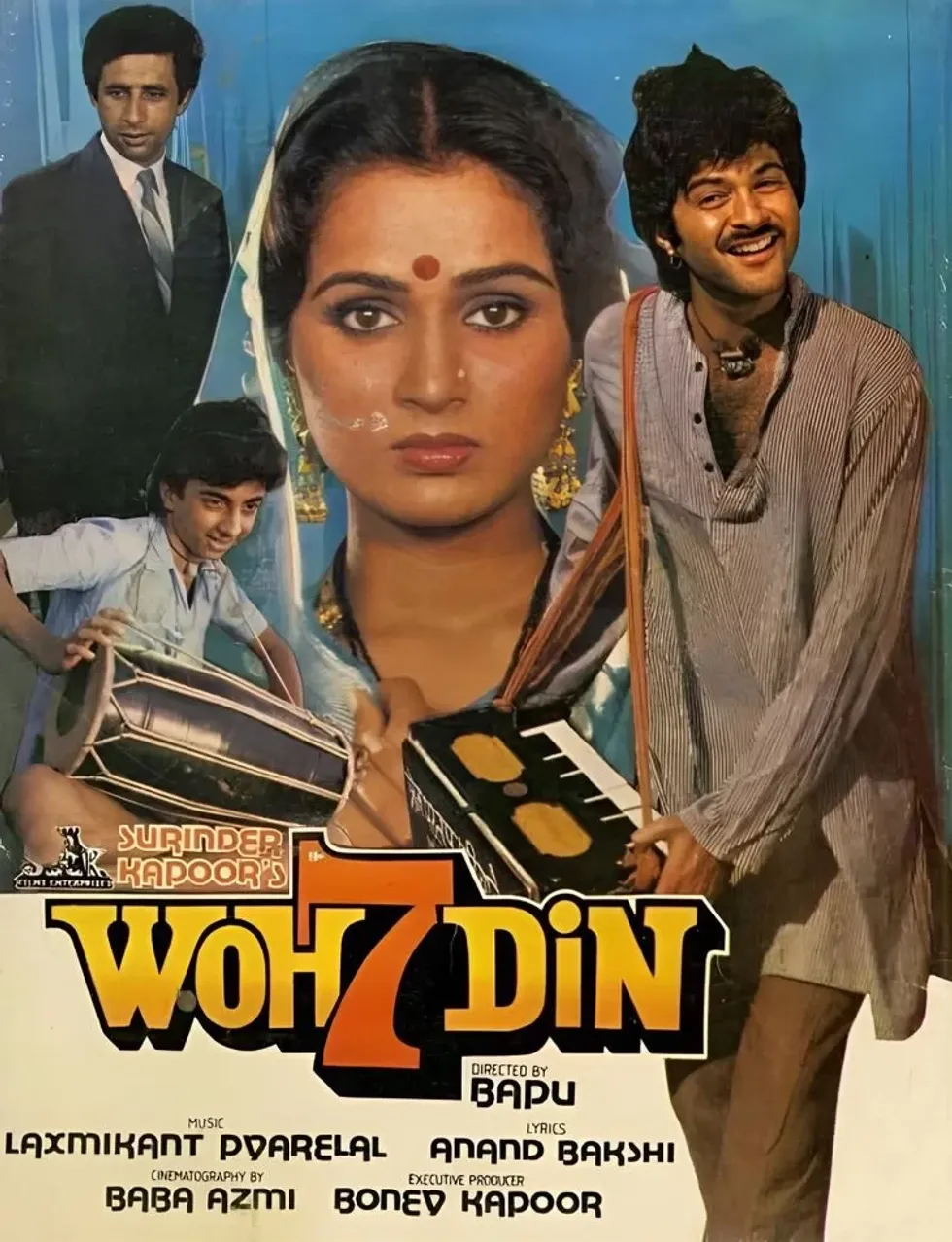 poster of the film
poster of the film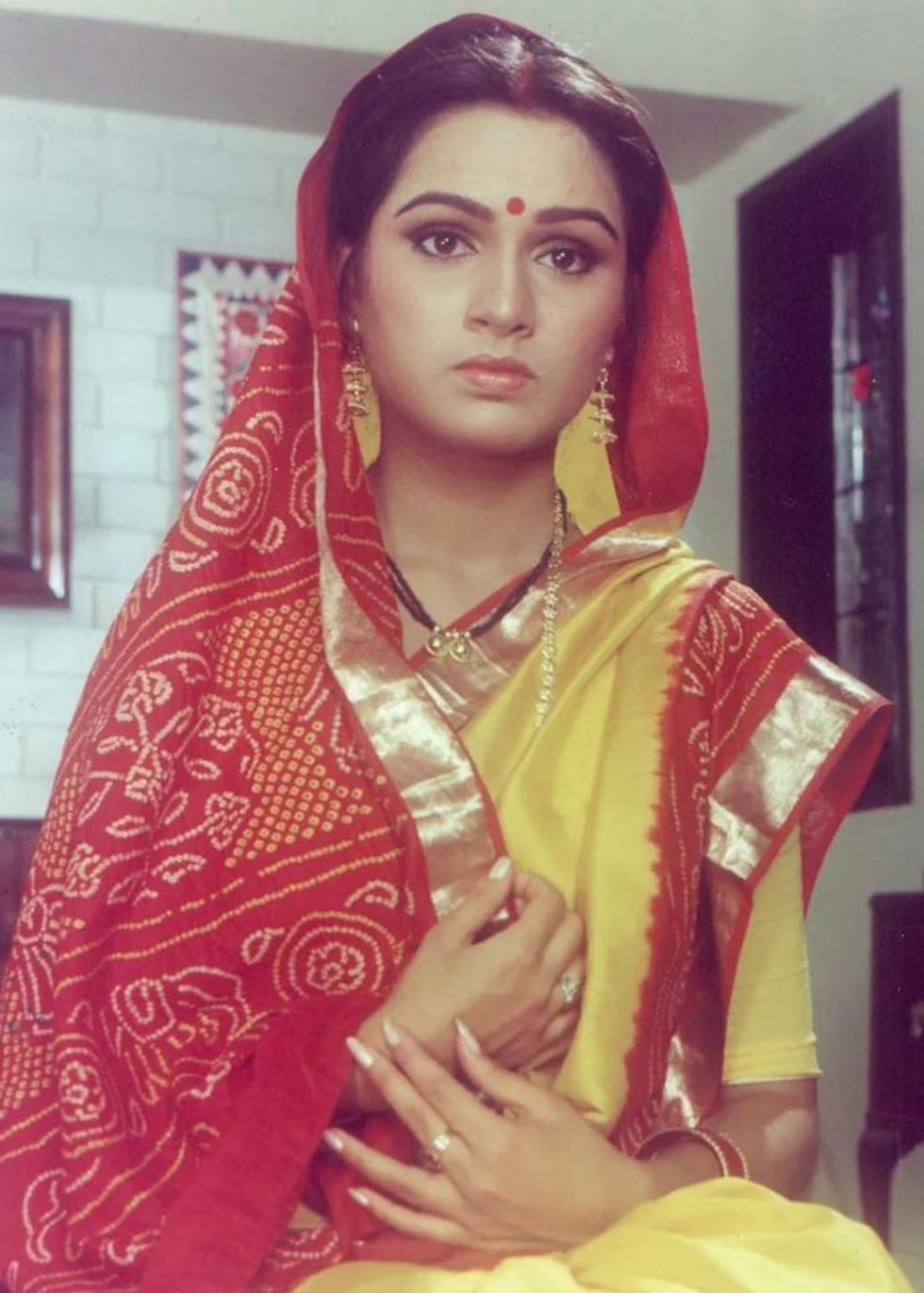 Padmini Kolhapure in Woh Saat Din
Padmini Kolhapure in Woh Saat Din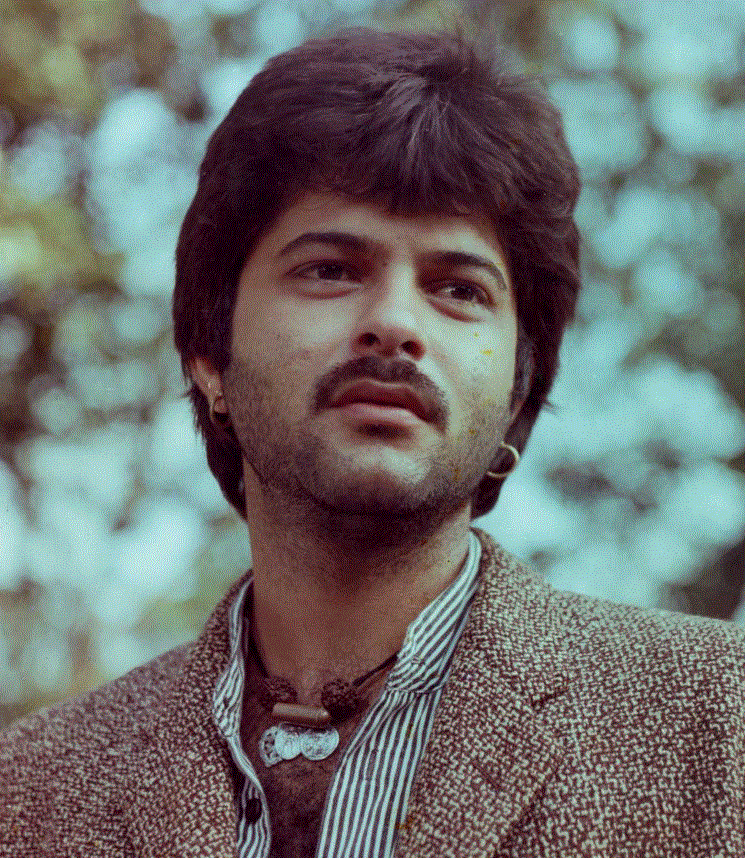 Anil Kapoor
Anil Kapoor




 Milli Bhatia
Milli Bhatia










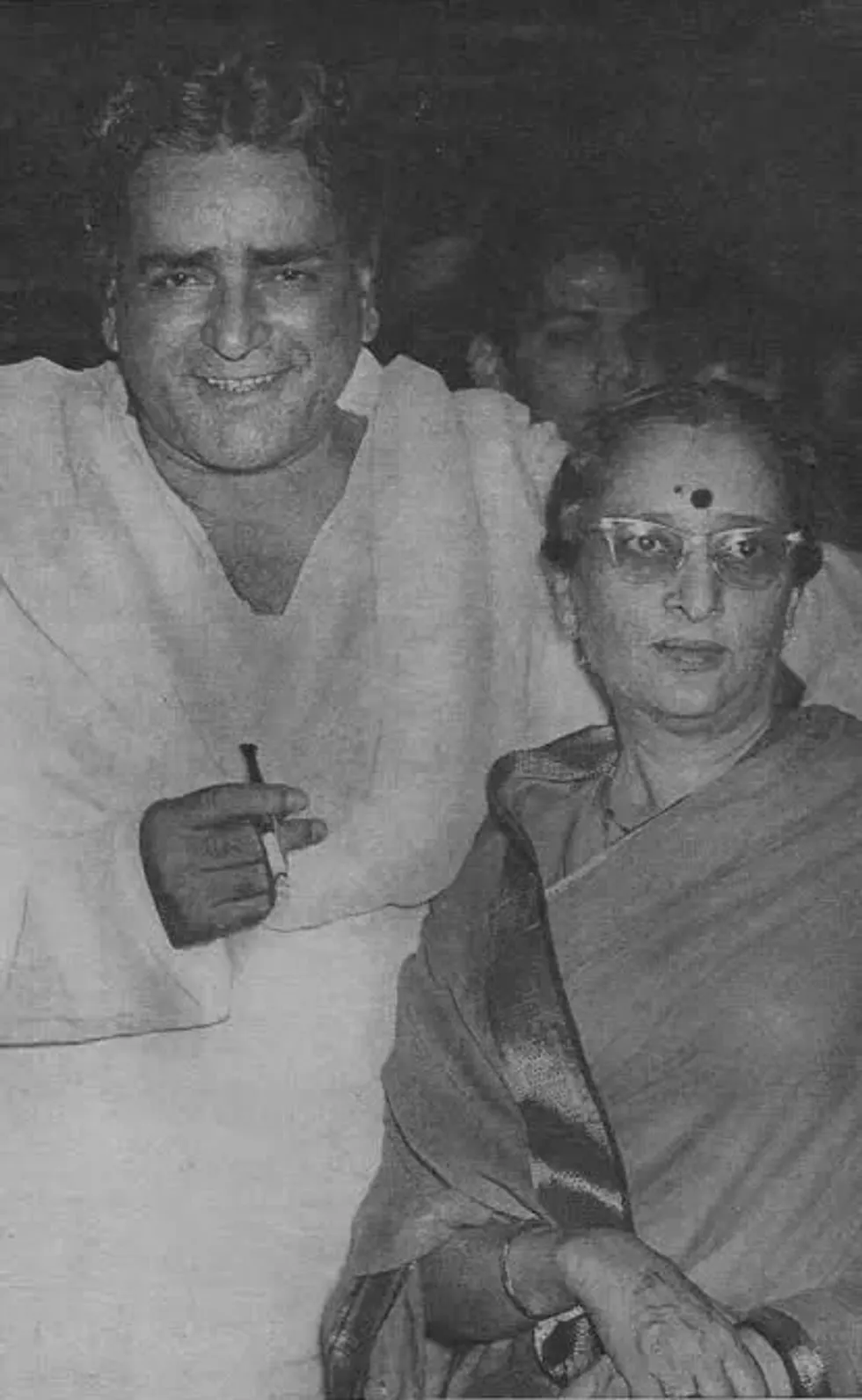 Prithviraj Kapoor and Ramsarni Mehra Reddit/ BollyBlindsNGossip
Prithviraj Kapoor and Ramsarni Mehra Reddit/ BollyBlindsNGossip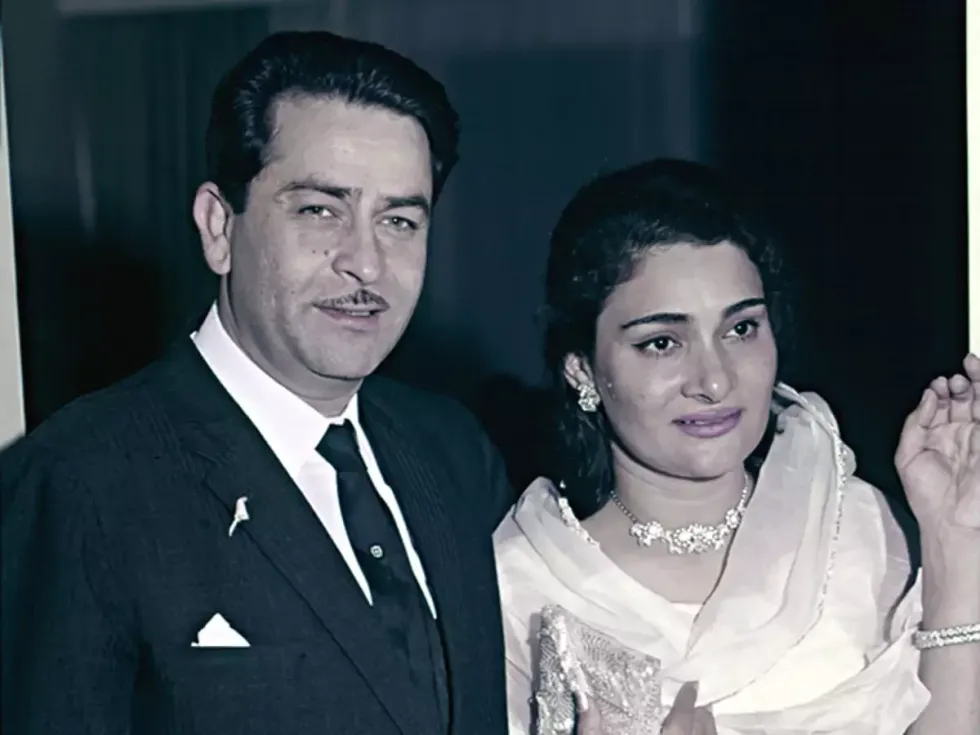 Raj Kapoor and Krishna MalhotraABP
Raj Kapoor and Krishna MalhotraABP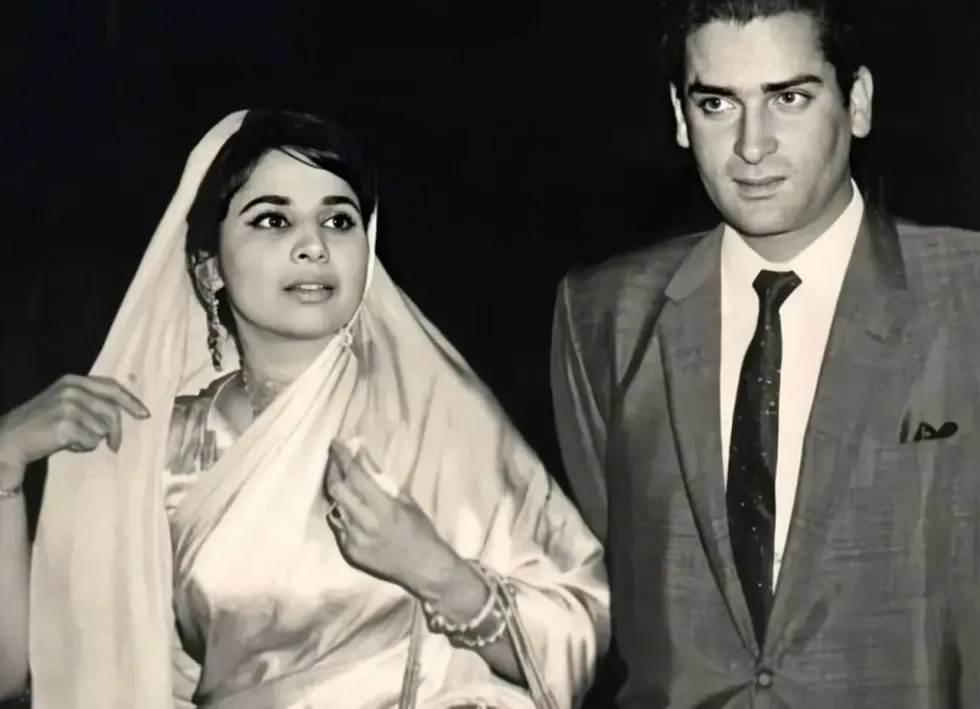 Geeta Bali and Shammi Kapoorapnaorg.com
Geeta Bali and Shammi Kapoorapnaorg.com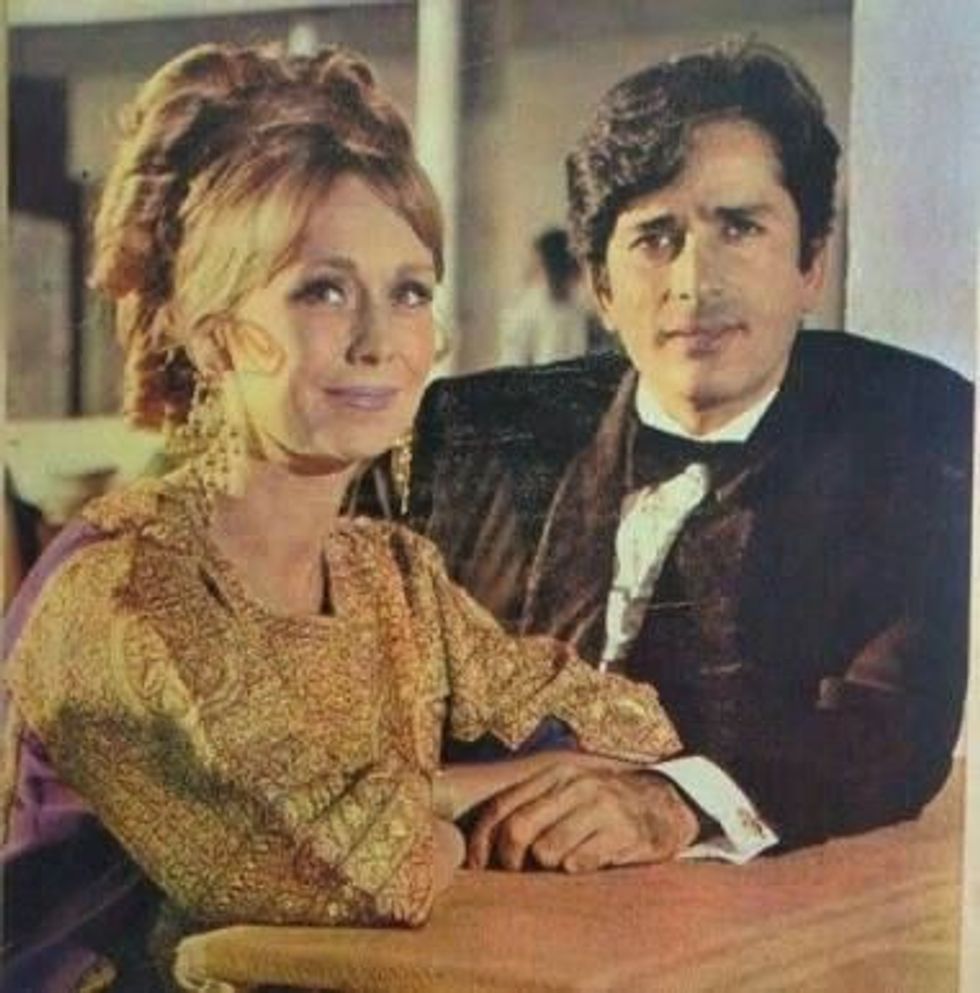 Jennifer Kendal and Shashi KapoorBollywoodShaadis
Jennifer Kendal and Shashi KapoorBollywoodShaadis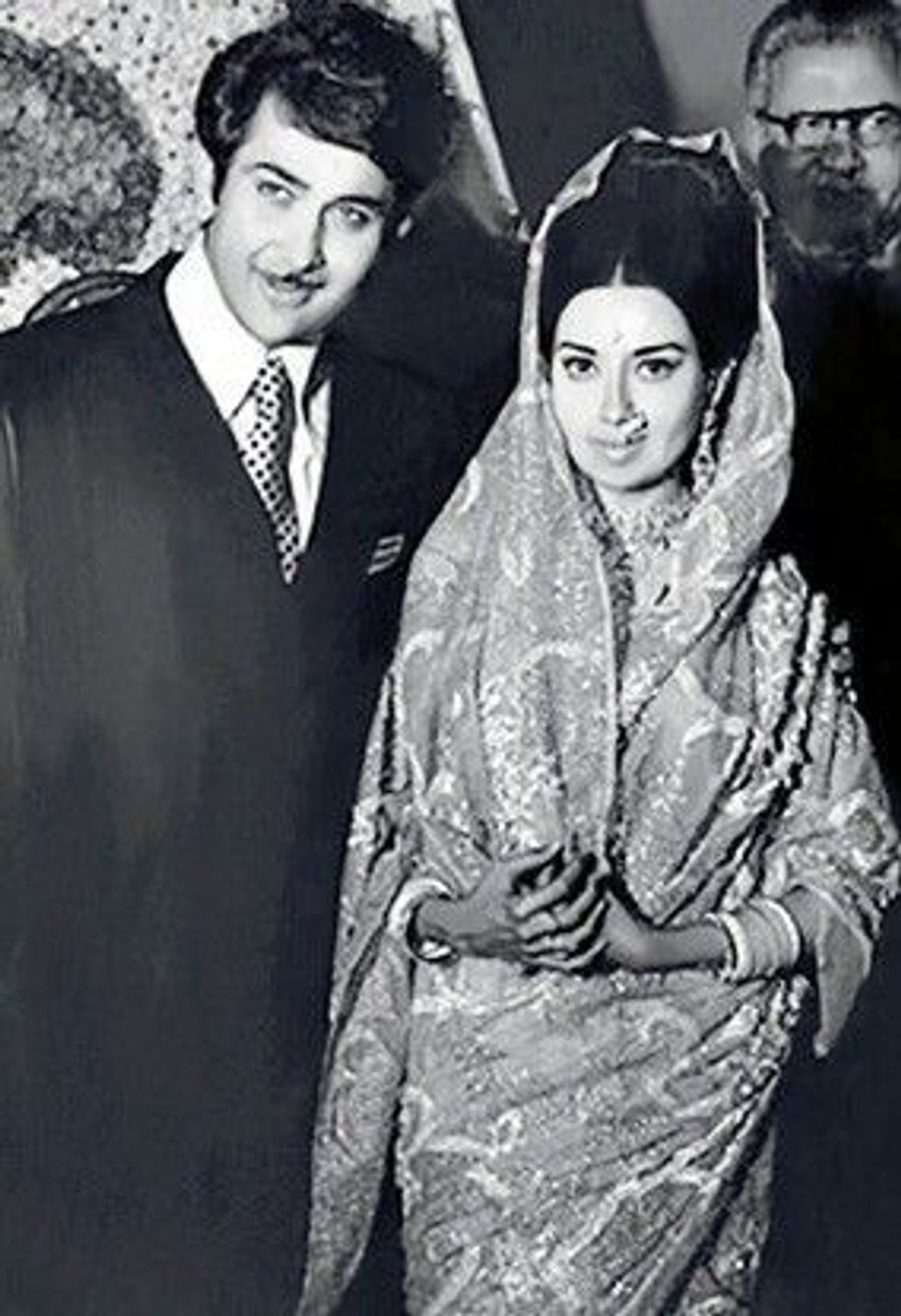 Randhir Kapoor and Babita BollywoodShaadis
Randhir Kapoor and Babita BollywoodShaadis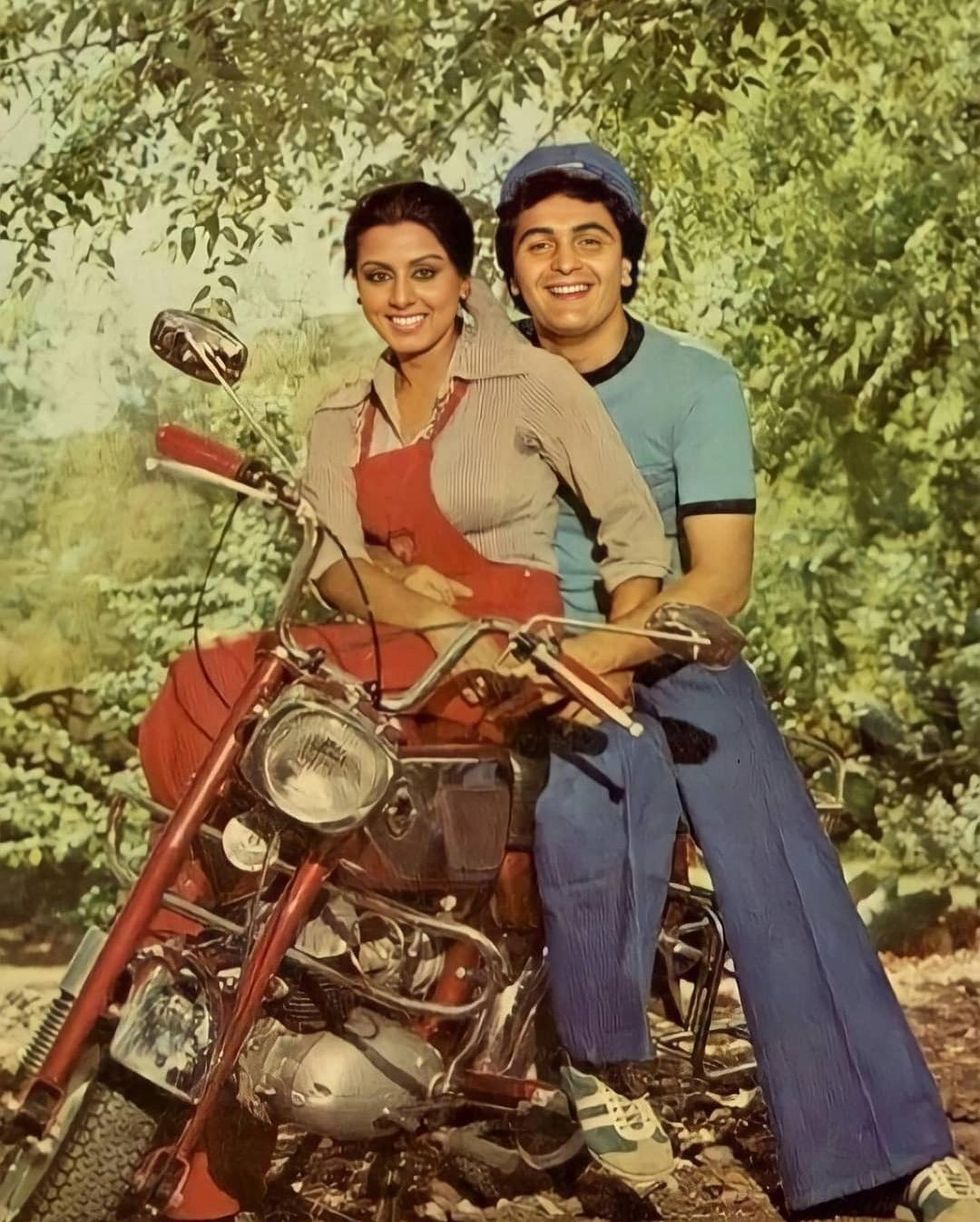 Neetu Singh and Rishi KapoorNews18
Neetu Singh and Rishi KapoorNews18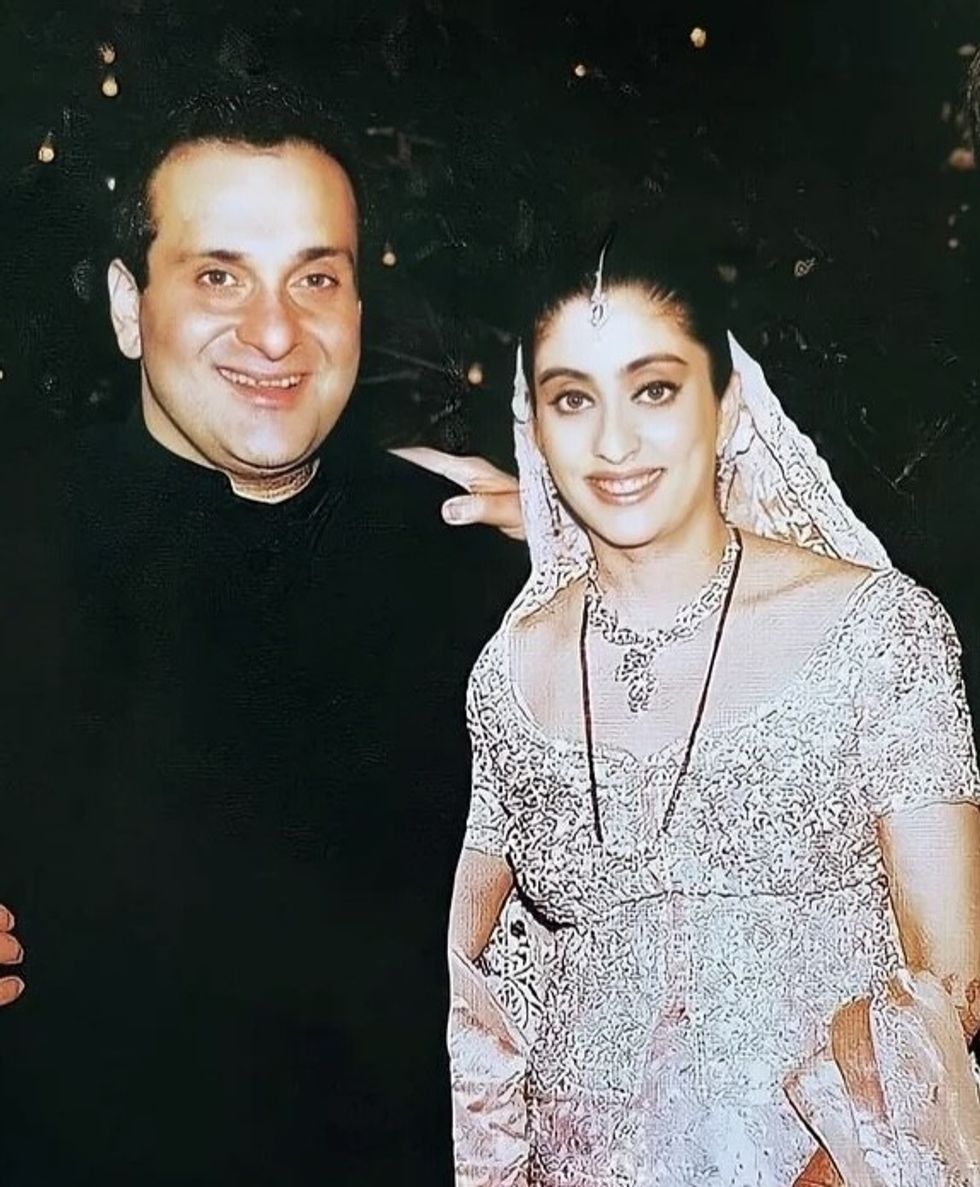 Rajiv Kapoor and Aarti Sabharwal Times Now Navbharat
Rajiv Kapoor and Aarti Sabharwal Times Now Navbharat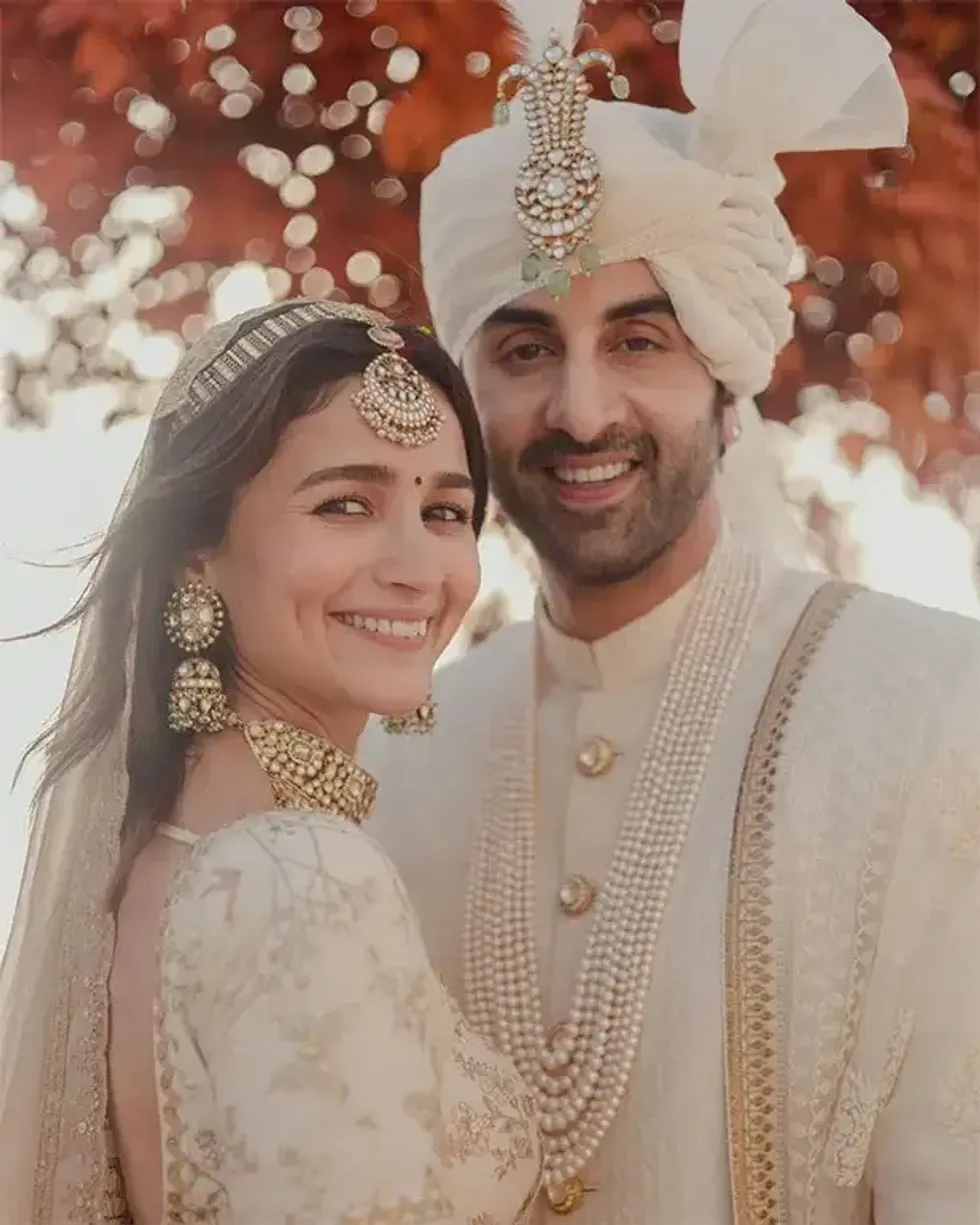 Alia Bhatt and Ranbir KapooInstagram/ aliaabhatt
Alia Bhatt and Ranbir KapooInstagram/ aliaabhatt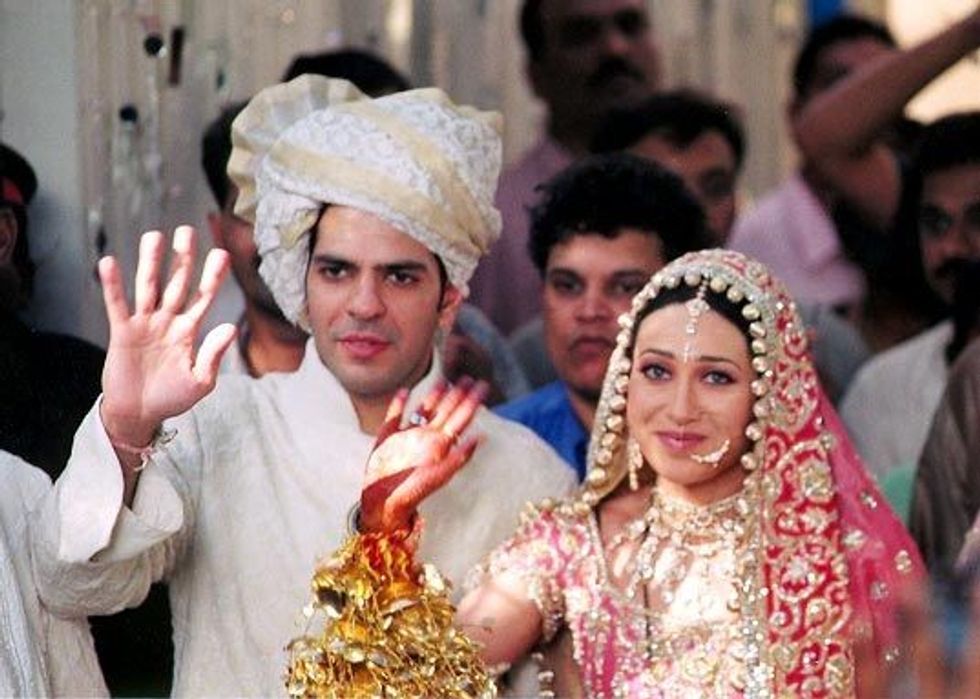 Sunjay Kapur and Karisma KapoorMoney Control
Sunjay Kapur and Karisma KapoorMoney Control
 The real Aurangzeb, the sixth Mughal emperor
The real Aurangzeb, the sixth Mughal emperor Protesters burn a poster of Aurangzeb demanding the removal of his tomb in Nagpur in March
Protesters burn a poster of Aurangzeb demanding the removal of his tomb in Nagpur in March Akshaye Khanna as Aurangzeb
Akshaye Khanna as Aurangzeb Raj Thackeray
Raj Thackeray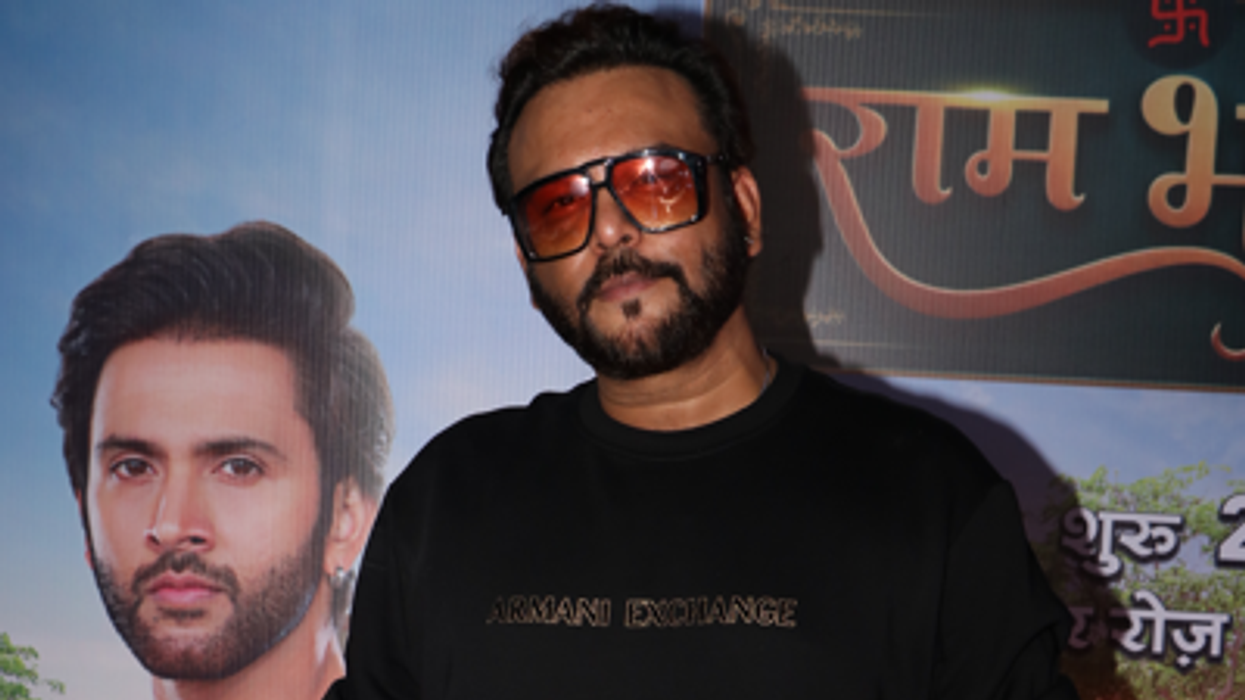
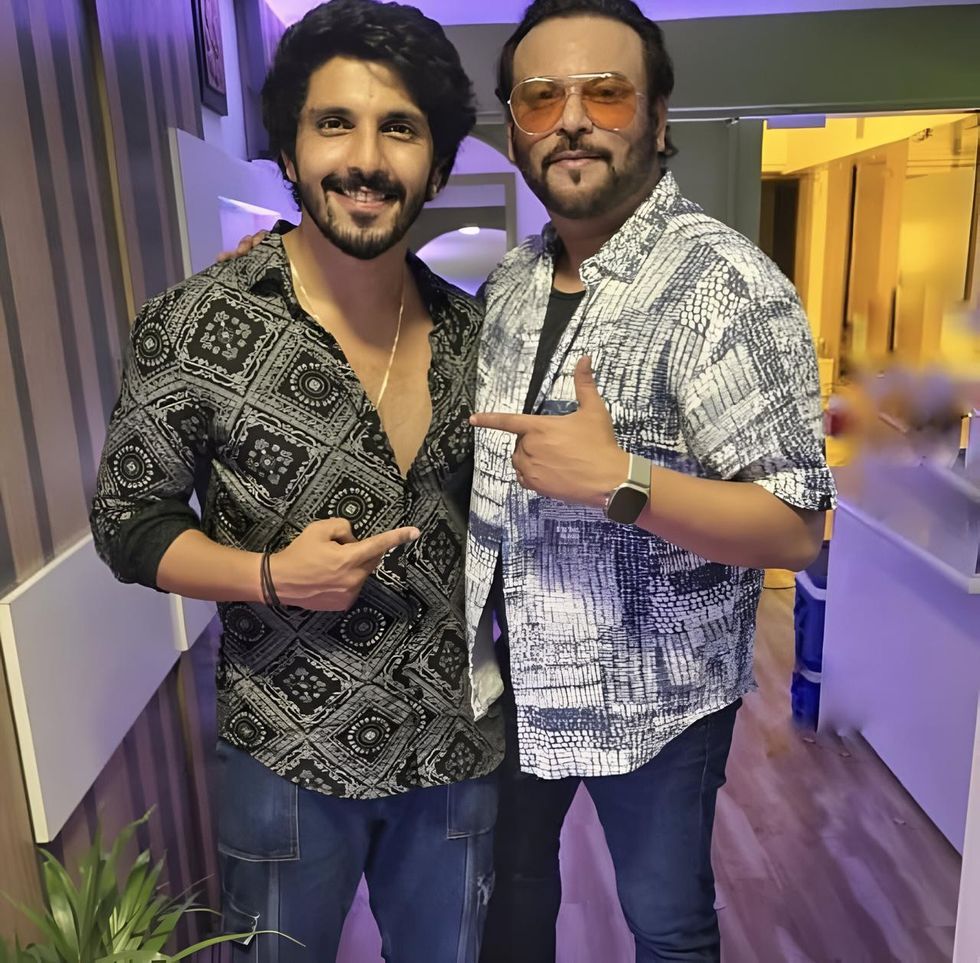 With actor Kanwar Dhillon in 'Ram Bhavan'Instagram/ rahultewary
With actor Kanwar Dhillon in 'Ram Bhavan'Instagram/ rahultewary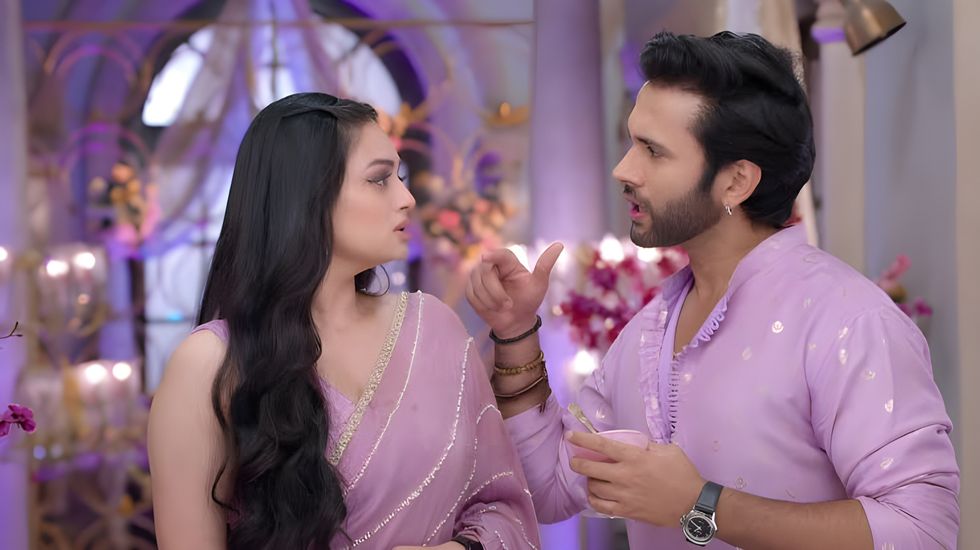 Udne Ki AashaScreen Grab 'Udne Ki Aasha'
Udne Ki AashaScreen Grab 'Udne Ki Aasha'